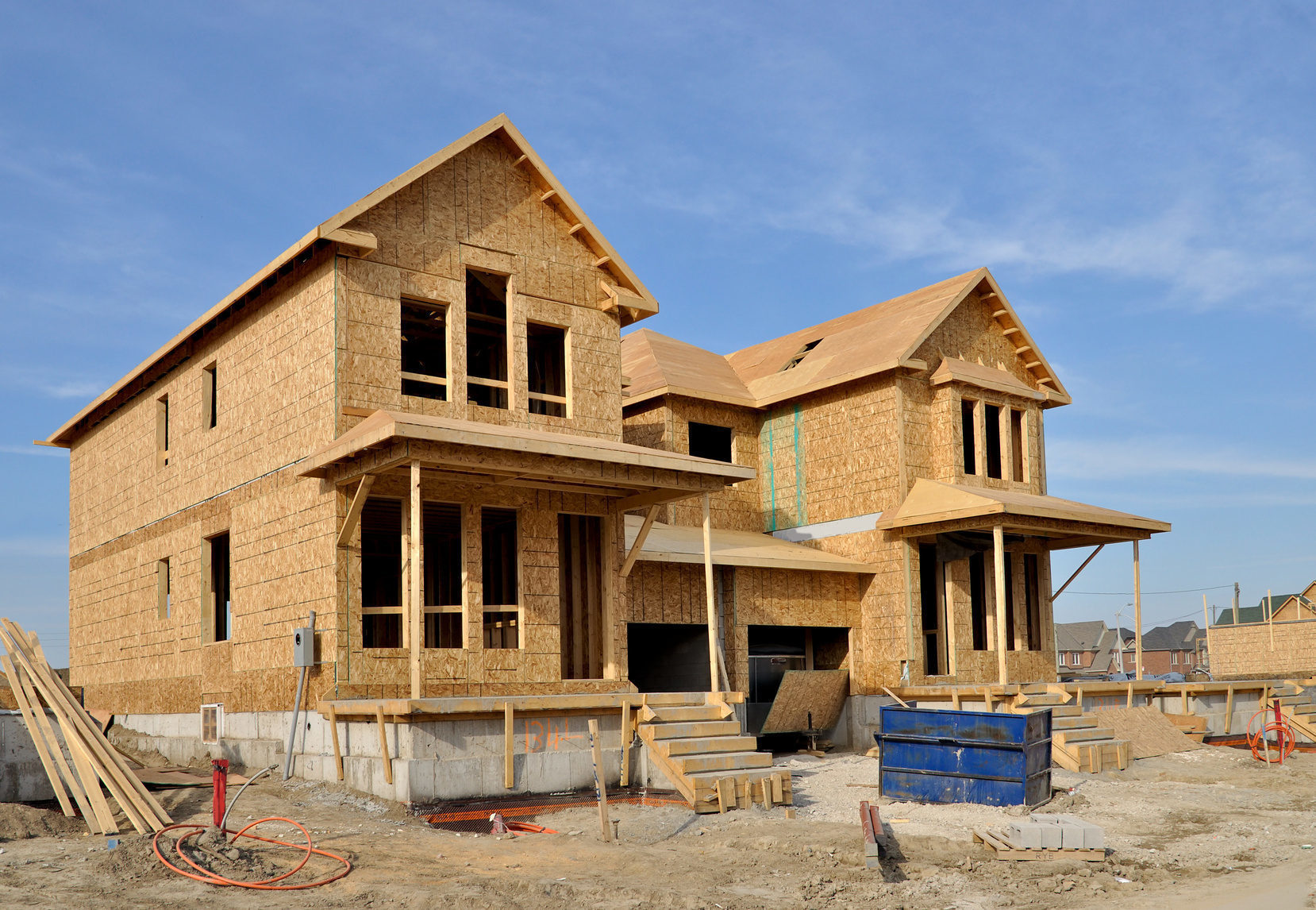Creating a fresh home is an exciting journey that enables you to craft a dwelling ideally tailored to your lifestyle and desires. As read more start on this quest, you'll find yourself exploring a range of architectural styles that can influence the look and feel of your prospective residence. From Southern Highlands Builder to classic Victorian charm, the style you choose can reflect your personality and set the tone for your whole neighborhood.
This article will guide you through the varied world of new home construction, providing insights into multiple architectural styles, essential organizing and design considerations, and realistic steps to guarantee a seamless building process. Whether you're bending towards a tailored design or a pre-designed model, grasping the intricacies of home building will enable you to make informed decisions that fit with your vision and budget. Let's investigate the key elements of constructing your ideal home, focusing on how to navigate the multitude options available to you.
Preparing Your New Home
Planning the home of your dreams is an thrilling yet detailed process that sets the groundwork for your dream living space. It begins with visualizing your ideal home layout and determining your must-have features. This step involves thinking about what you need in your daily life, thinking about how much space you need, how many bedrooms and baths are optimal, and what type of outdoor space you want. Working with a knowledgeable architect can help translate your ideas into a feasible design and direct you through the challenges of home planning.
Establishing a realistic budget early on is vital to ensure your dream home stays within your financial reach. This involves not only estimating the costs associated with construction but also factoring in expenses for land, materials, permits, and potential unforeseen costs. During this stage, it’s essential to account for ways to finance this project, such as building loans, and to distinguish between mandatory expenses versus areas where you want to splurge. Creating a clear budget helps rank your wishes without going over your budget.
After your ideas and budget are set, turning your attention to choosing the perfect location becomes vital. Exploring neighborhoods that meet your lifestyle preferences and how close you are to work, schools, and amenities can have a big effect on your overall well-being. Additionally, evaluating local construction regulations and zoning laws is necessary to ensure that your planned home meets local codes. This comprehensive planning not only facilitates the construction process but also lays the groundwork for a joyful living experience in the home you are building.
Home Construction Overview
The building journey for a new home can be an thrilling experience, characterized by various critical steps. To begin, the process starts with design and planning, where clients work closely with blueprint specialists and contractors to complete the plan of their desired house. This stage involves choosing the best design, selecting materials, and verifying that the design adheres to local building codes and zoning requirements. A solid foundation in this planning stage is vital as it establishes the foundation for the rest of the build.
After the plans are in place and all licenses are secured, the actual construction begins. This phase typically starts with land clearing and excavation, then the laying of the foundation. The building structure then takes shape with the framework, roof construction, and fitting windows and doors. Once the basic structure is complete, the attention turns to the inside, involving plumbing, electrical work, weatherproofing, and walling, ensuring that everything is built to last and comply with safety requirements.
During the project, it's important to maintain clear conversations with your builder and be on-site during key moments, such as reviews and milestone meetings. This not only avoid delays but also allows homeowners to make informed decisions about any adjustments or improvements they may desire. As the project approaches the finish line, the last details are added, comprising landscaping and decorative aspects, which set the stage for a personalized brand new house set for move-in.
Final Steps Before Moving In
When you get closer to the last stages of your new home construction, there are a few essential tasks to complete before officially moving in. First, ensure that all checks have been carried out effectively. This includes checking for adherence to building codes, electric and plumbing systems functioning properly, and confirming that all safety regulations are followed. It’s advisable to arrange a final walkthrough with your builder to address any final issues and confirm that all contracted work has been completed to your liking.
Next, turn your attention to personalizing your new space. This includes choosing your decor, such as paint colors, types of flooring, and fixtures, to create a welcoming atmosphere that reflects your taste. Take the time to consider how you want each room to function, and think about the arrangement thoughtfully. Proper planning can help make certain that your home is cohesive and tailored to your requirements from the very beginning the start.
Lastly, prepare for the practicalities of moving in. Organize the timeline of your move, coordinate with movers, and start packing up your current residence. Don't forget to update your address with the post office and notify utility companies of your move-in date to avoid any disruptions in service. Completing these final steps will ensure a smooth transition into your new home, allowing you to appreciate your space from the moment you arrive.

